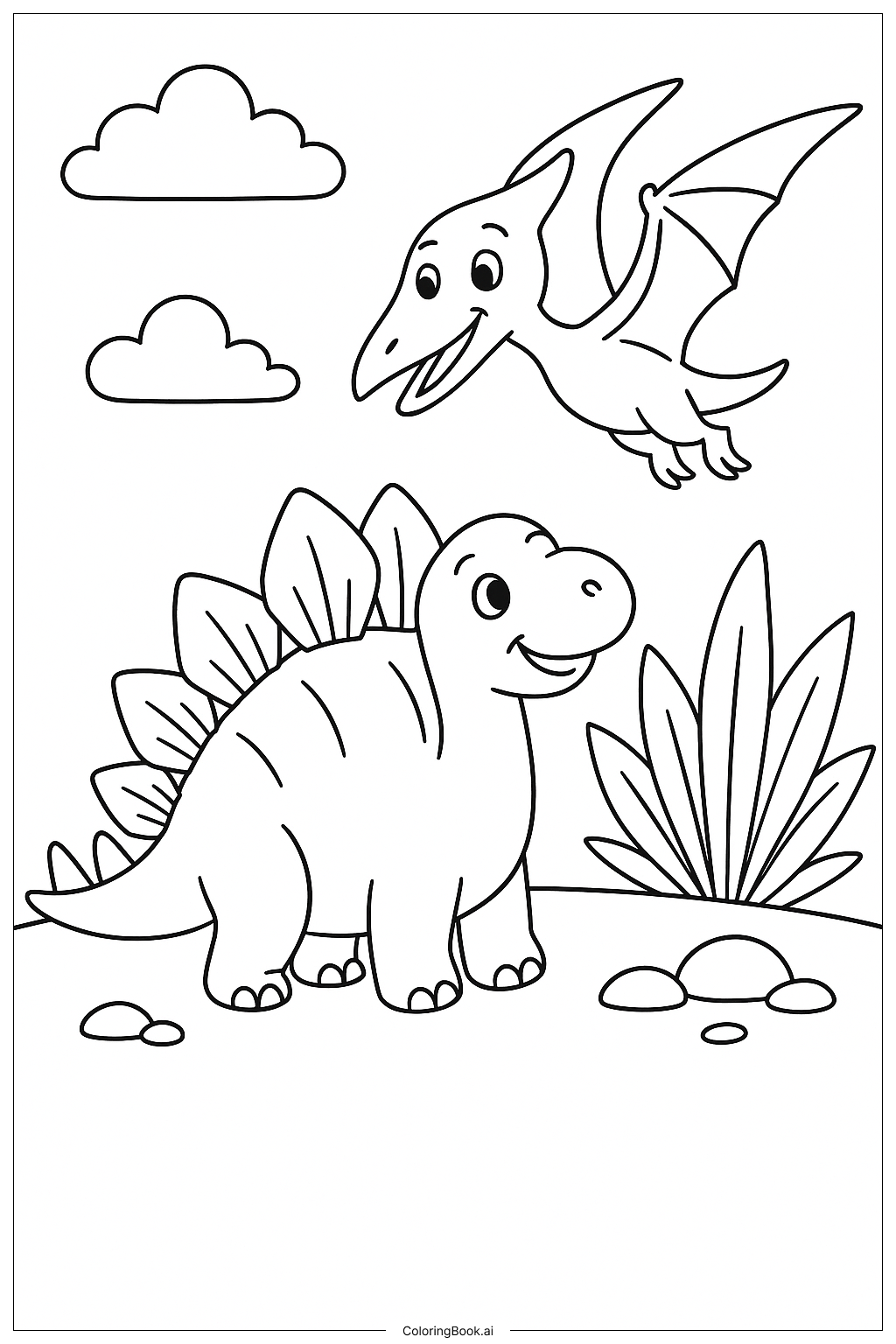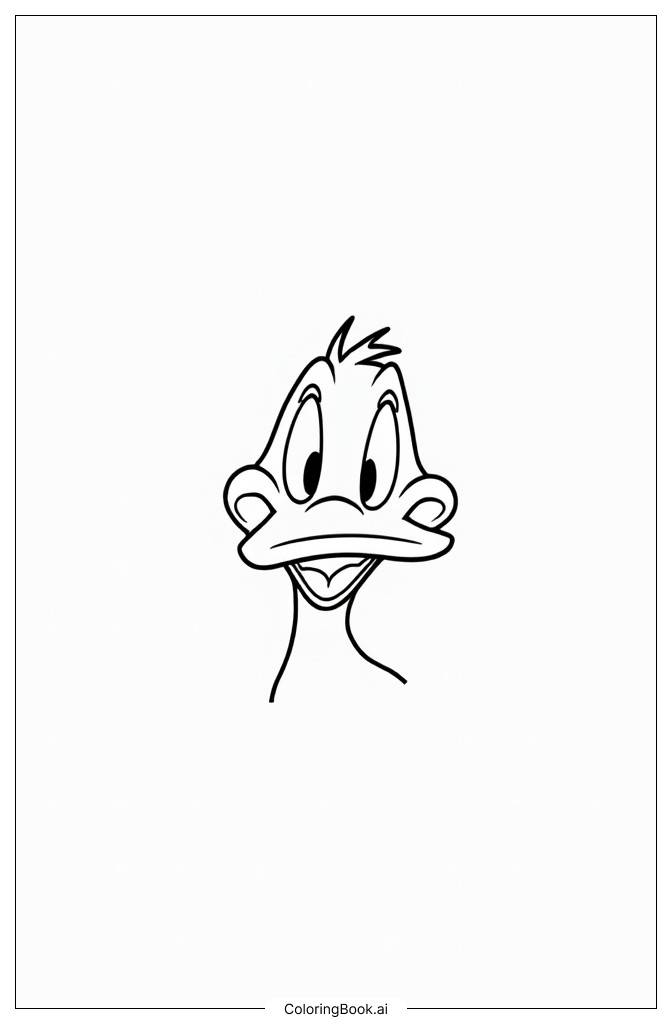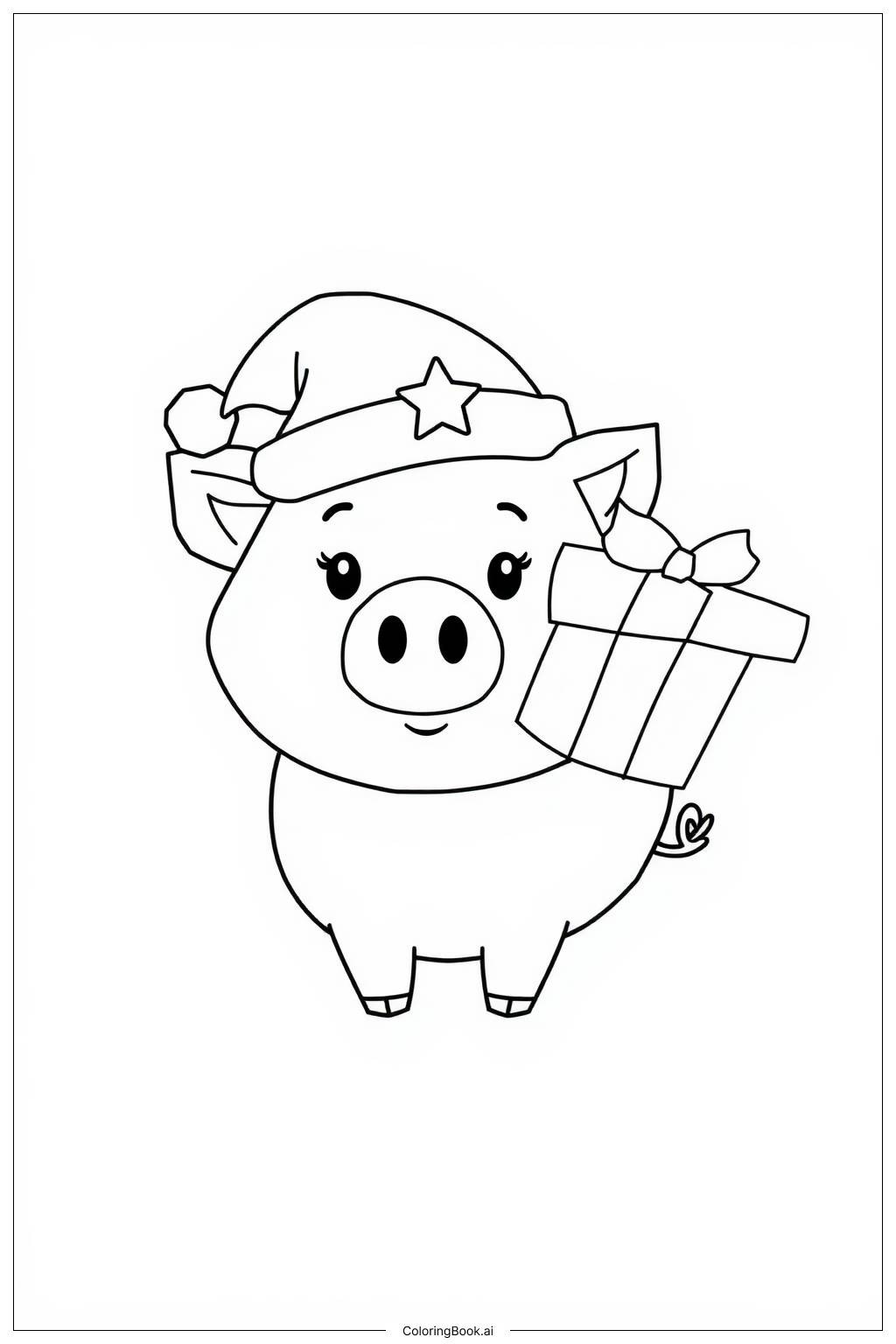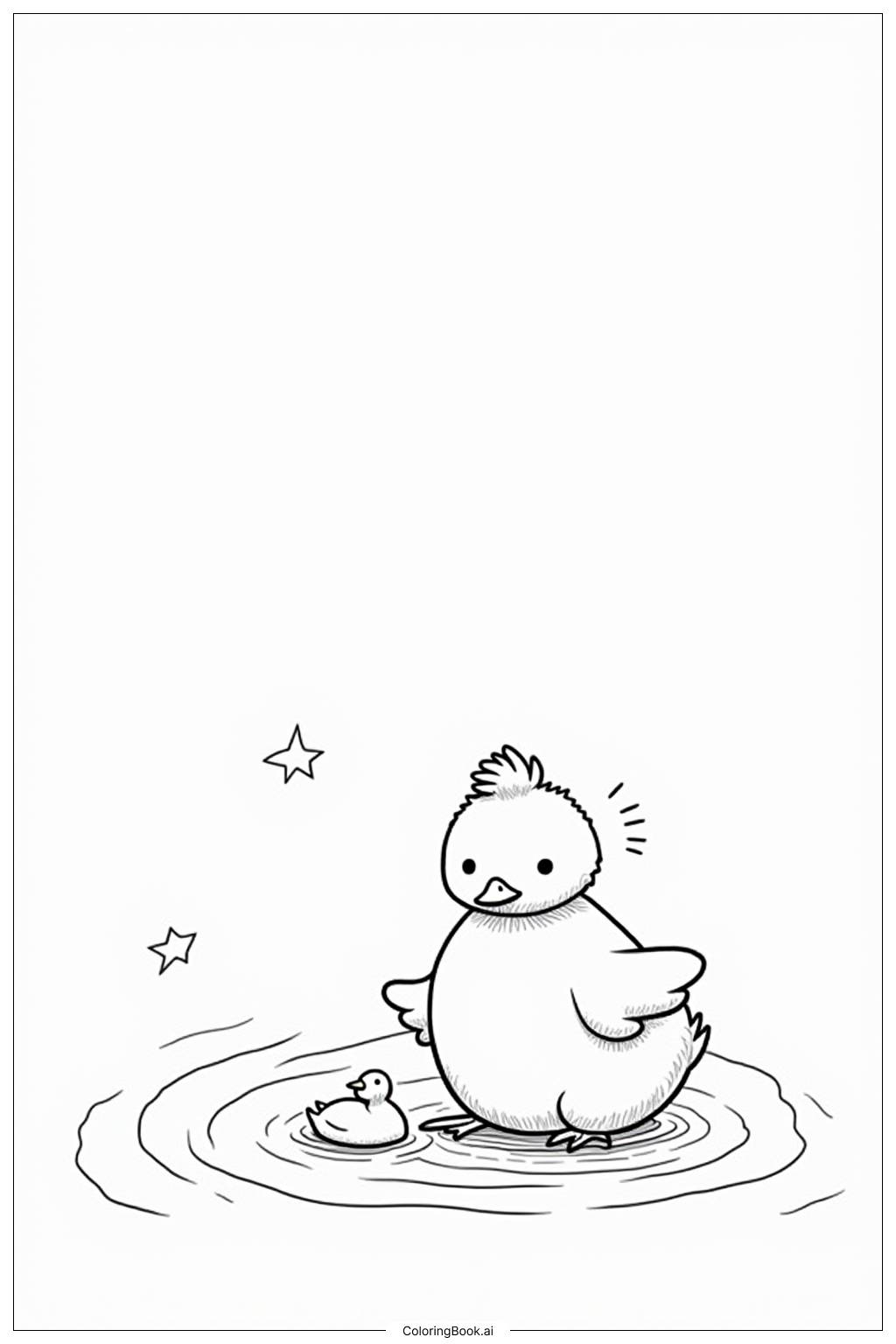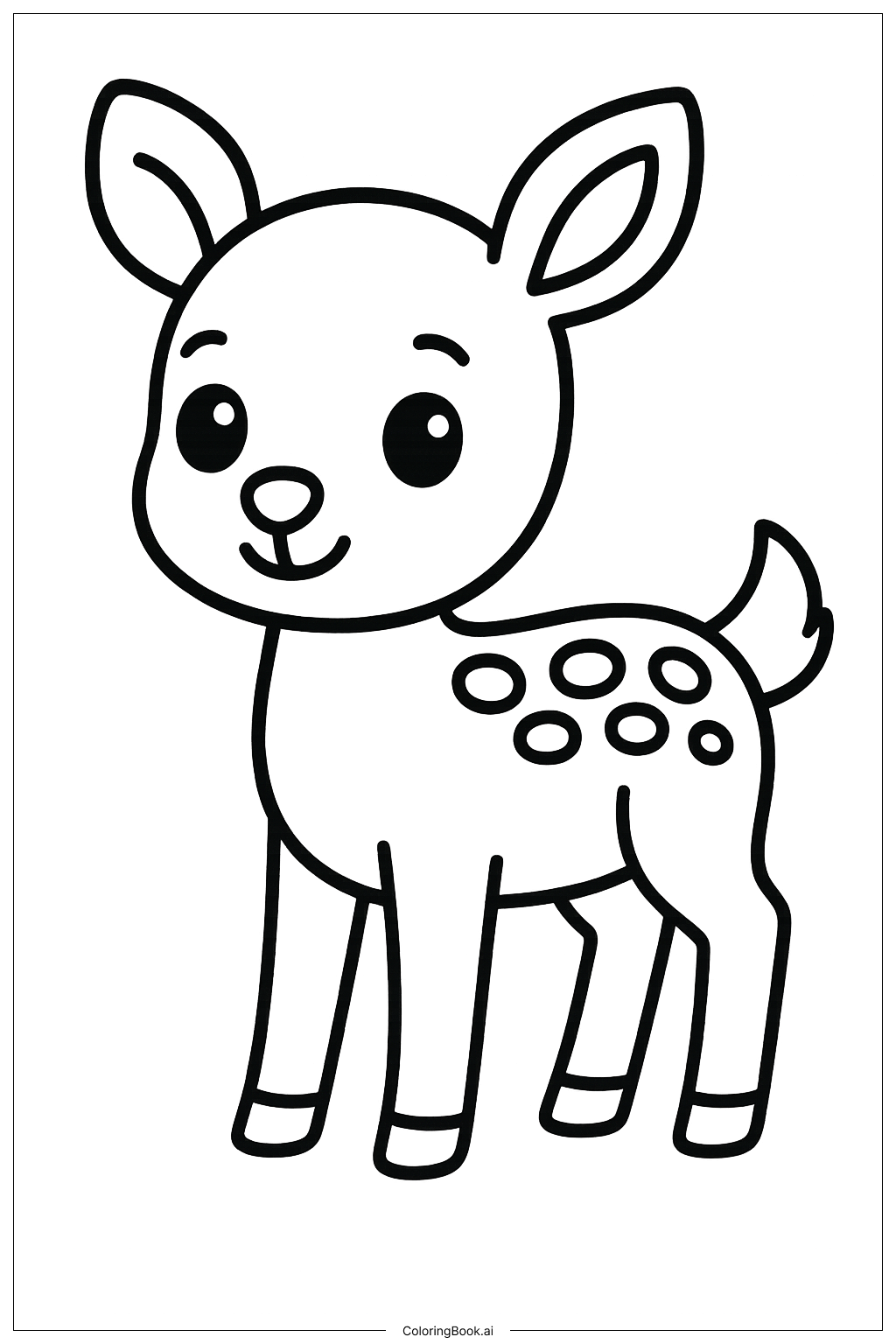Coloring tips: How to color A Stegosaurus Meets A Pterodactyl coloring page well?
For coloring this picture, use shades of green and brown for the Stegosaurus to reflect its nature. The plates on its back can be a brighter color like orange or red to make them stand out. The Pterodactyl can be colored in gray, blue, or even purple to add variety. Choose light blue for the sky and white for the clouds. Leaves can be different shades of green to give depth. The ground can be painted in earthy tones like light brown or dark beige, while the rocks can be gray or dark stone color. Use bright colors for the dinosaurs’ eyes to make them lively and friendly.
Coloring challenges: Which parts are difficult to color and need attention for A Stegosaurus Meets A Pterodactyl coloring page?
1. Coloring the Stegosaurus plates evenly may be hard because of their size and shape. Staying inside the lines can be tricky for young children.
2. The flying Pterodactyl has thin lines on its wings. It requires careful coloring to avoid crossing the lines.
3. The small rocks and plants have fine details that might need patience and a steady hand.
4. Coloring the dinosaurs’ faces to give them friendly expressions needs careful attention to detail.
5. Balancing colors between the background and dinosaurs is important so that the main characters stand out and do not blend with the scenery.
Benefits of coloring books: Advantages of drawing A Stegosaurus Meets A Pterodactyl coloring page
Coloring this picture helps children improve their hand-eye coordination and fine motor skills by practicing staying inside the lines and controlling coloring tools. It encourages creativity and imagination as kids choose colors and combinations for the dinosaurs and nature. The picture introduces kids to prehistoric animals, boosting their interest in learning about dinosaurs. Coloring also provides a relaxing and focused activity that can improve concentration and patience. Lastly, finishing the picture gives children a sense of achievement and pride.
